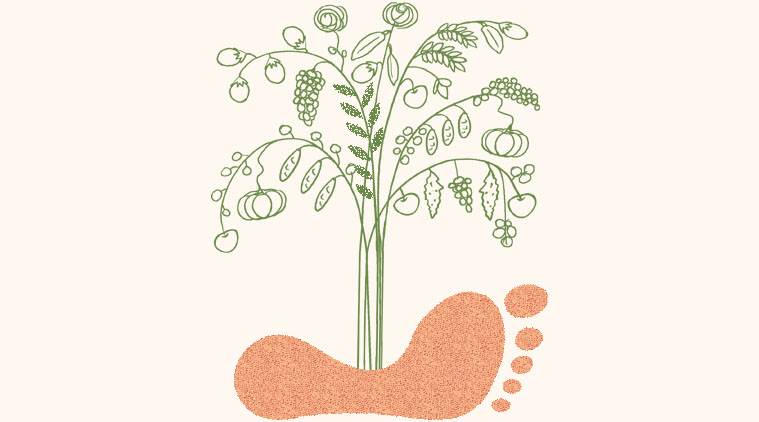For the farmer, things to do
Affordable inputs, access to credit and formal land-leasing are some of the urgent requirements for the small and marginal farmer.

Though more than 86 per cent farmers are small and marginal in India (Agriculture Census, 2015-16) they have belied the general assumption that farm size and productivity have an inverse relationship. Despite small farm sizes, with better quality inputs and hard work combined with the scientific management of farming, productivity and production have gone up. However, ensuring food security for the country through their hard work and increased production has not meant greater income and prosperity for the farmers. How to increase the income of farmers is the central question and several possible solutions are being discussed in the policy circles.
Reduction in cost of cultivation, increase in productivity and production, and remunerative price for produce are the three fundamental sutras for a farmer’s prosperity. There are several factors which need to be discussed but due to the limited scope of this article, I will discuss only a few of them.
First, the price of seeds is of critical importance in agriculture. Seed is the most important input as it is the carrier of scientific research and advancement in agriculture. Newer varieties are high yielding and also pest and disease resistant. Therefore, it is necessary that the newer seeds are affordable and accessible for the farmers. Farmers go for hybrid seeds of fruit and vegetables and many cereals like paddy, jowar, bajra, maize, etc as these give better yield than the open-pollinated varieties. The price of hybrid seeds has been going up and in the case of vegetables, it is actually prohibitive. This is where the role of research becomes important. Scientists must develop open pollinated varieties with better yields. Farmers can grow seeds for their own use from the open-pollinated varieties whereas they have to buy hybrid seeds every year as these are terminal in nature.
Second, hybrid varieties developed through public-funded research should be available to the public sector institutions without paying any royalty amount on a non-exclusive basis. Currently, the public sector units also have to pay a royalty for new discoveries by scientists of public sector institutions, achieved through public-funded research. Scientists can be allowed to get a royalty from the private sector in order to incentivise them to continue doing high-end research but for the public sector, it should come free in order to make the fruits of science available to the farmers at a reasonable and affordable price. In fact, this principle should apply to all public-funded research.
Third, access to formal credit should be made available to all farmers. Presently, the distribution of agricultural credit is severely skewed. In 2017-18, with 18.68 per cent of the gross cropped area, the southern region took 42.53 per cent of agriculture credit, whereas the central and eastern regions got just 14.43 per cent and 8.10 per cent of agriculture credit with 27.26 per cent and 14.65 per cent of the gross cropped area, respectively. I have been arguing that agricultural credit should be based on land holding rather than the scale of finance of crops. This will bring equity in the flow of agri-credit and infuse capital in the backward regions in the agriculture sector. This will also result in better uptake of the crop insurance scheme. Farmers who have to access credit from the informal sector at usurious rates or fettering conditions can hardly become self-sustainable. Even with the current provisioning by the central government for agriculture credit, it should be possible to provide Rs 1 lakh per hectare as crop loan to all farmers at a reduced rate of interest. Beyond this, one can take credit on normal bank rates.
Fourth, many states have recently opted for direct investment subsidy to the farmers. This has been done on a flat area basis, without linking it to any particular input. Rather than providing cash transfer on a flat basis of the area of landholding, this direct transfer can be designed to incentivise the desired cropping pattern. While agricultural credit can be linked to the landholding and made crop neutral, direct investment subsidy can be linked to the cropping pattern to ensure demand-led cultivation and the judicious usage of natural resources. Through direct subsidy transfer, it should be possible to motivate the farmer to grow millets in a water-scarce area rather than paddy or sugarcane, which further deplete the water table. Thus, through deft manipulation of credit and subsidy, it should be possible to make cultivation environmentally sustainable and demand-led based on forecasts of consumption pattern. This will help farmers to obtain better and remunerative prices.






































No hay comentarios:
Publicar un comentario